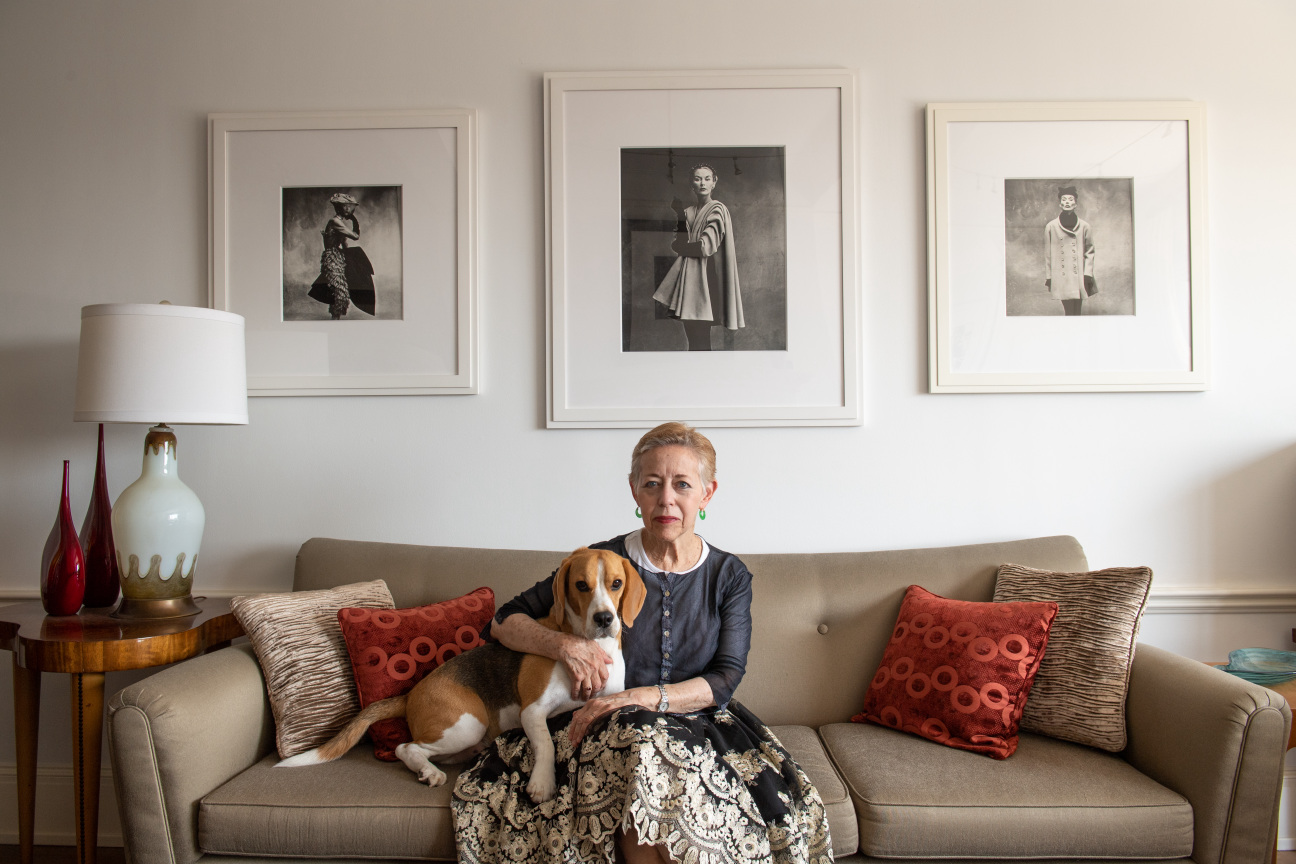
All photography by Christine A. Butler and courtesy of Kaplan.
In Cathy Kaplan's New York residences, collections of Halloween trinkets and collectables are arranged alongside prints from such greats as Richard Avedon and Diane Arbus. The life-long New Yorker started her art collection as soon as she had pocket money to spend, gravitating toward photography that mimicked the magazine spreads she had grown up loving. Now, Kaplan has thoroughly embedded herself in the city's art scene, serving as chair of the Aperture Board, co-chair of the Whitney Museum's Photography Committee, a member of the Governing Board at the Yale Art Gallery, and as an advisory committee member of the upcoming PHOTOFAIRS New York. The inaugural edition of the fair, which spotlights photo-based works and emerging technology in the field, will run from Sep. 8-10 at the city's Javits Center. Here, Kaplan tells CULTURED about the throughline of her personal collection, the first piece she ever bought, and the ones that provoke the biggest reactions from guests.
CULTURED: Where does the story of your personal collection begin?
Cathy Kaplan: My personal collection is actually many collections, although now largely focused on photography and photo books. I have been collecting since I first had my own money to spend, since neither of my parents saw the value of amassing cookie jars, tin carnival toys, Victorian jewelry, Halloween and Christmas collectibles, or any of the other objects I eagerly sought out. I am fascinated by material culture, and how objects reflect the history of a time or of a person, and I love being able to bring objects home, arrange them and study their context.
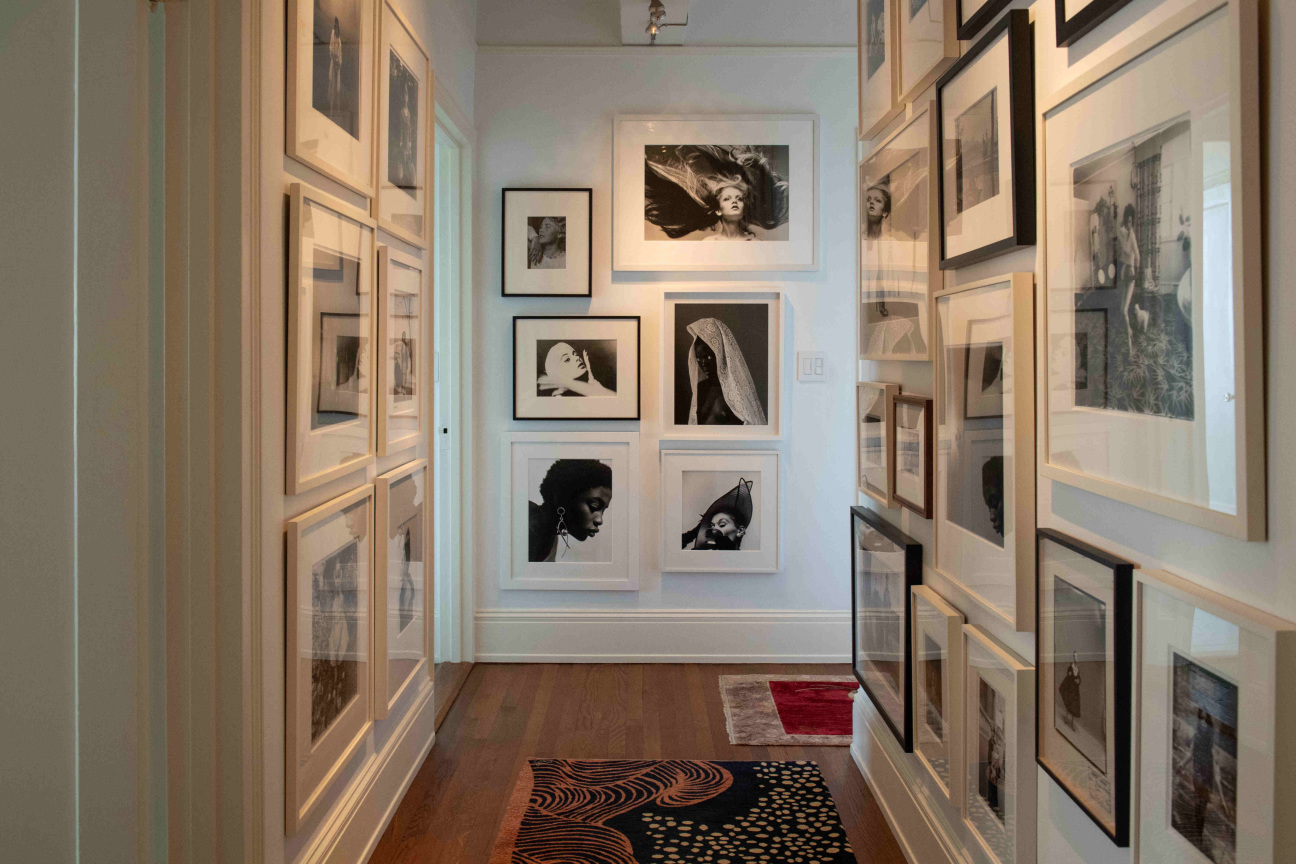

CULTURED: What draws you to photography specifically? How does it differ from other mediums?
Kaplan: I entered the world of photography through books, magazines, and newspapers. Growing up in the age of the great photography-filled magazines like Life and Look, and waiting each month for Seventeen, Glamour, and Mademoiselle, and later Harper’s Bazaar and Vogue, my view of the world was shaped by the images I saw in these magazines. So, when I started collecting art more seriously I gravitated immediately to photography. While I buy different works of art that move me, the heart of my collection is photographs by and about women and portraiture and self-portraiture.
CULTURED: What is the first piece you ever bought?
Kaplan: The first photographs that I ever bought were two groups of photographs, each a surreal fashion image of mannequins, that I purchased at an auction of material from Paper Magazine. I still have these photographs and for years they hung in my office.
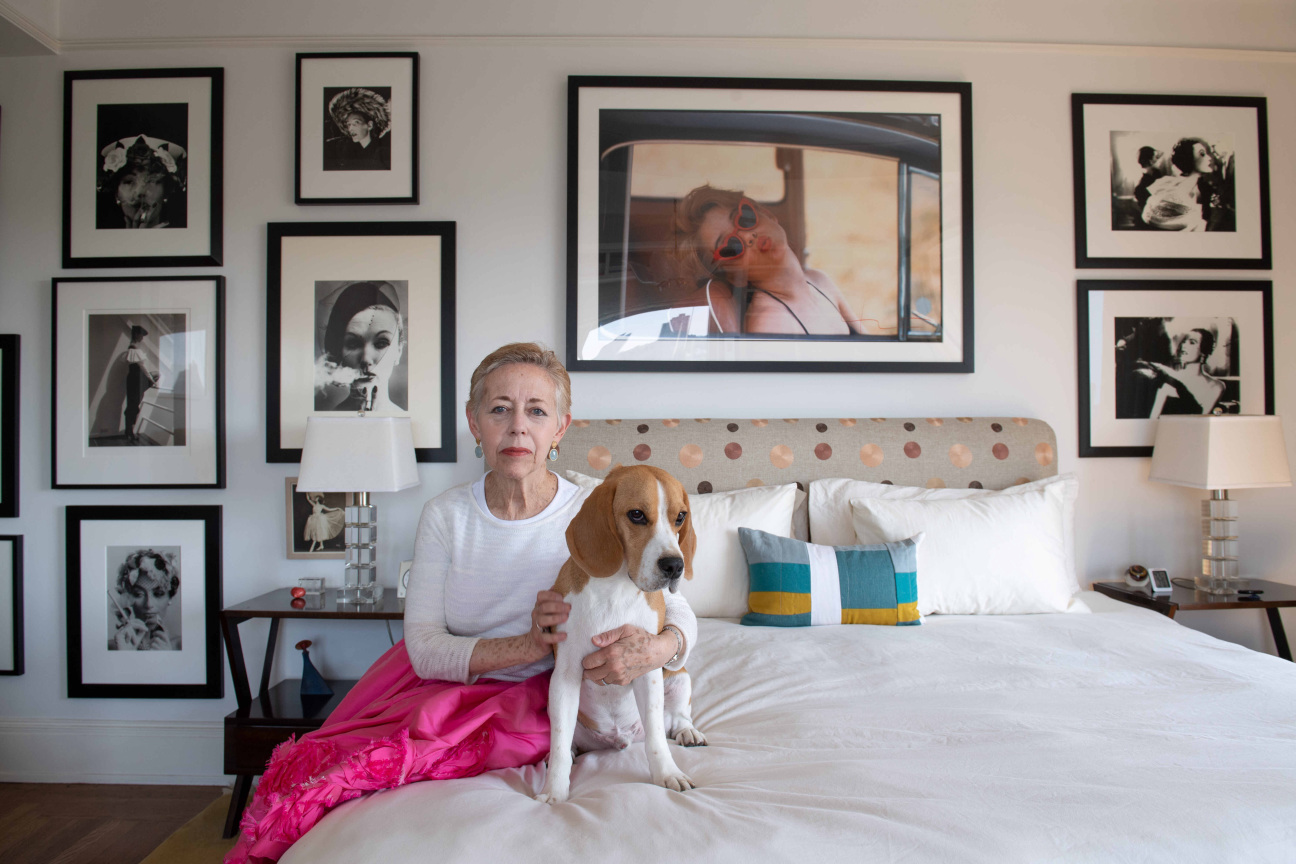
CULTURED: Which works provoke the most conversation from visitors?
Kaplan: My apartment and my house in upstate New York are so full of objects and photographs that no one thing provokes the most commentary. I enjoy seeing which things interest people. I have had people obsess about my collection of Bimini glass and my vintage travel posters. Others love the large contemporary glass pieces by Toots Zynsky. That said, the display that is probably the most commented on is the large room in my house of Halloween and Christmas collectibles.
CULTURED: Which artist are you currently most excited about and why?
Kaplan: There are many photographers whose work I follow to see how they take the work in new directions, including Sam Contis, Zanele Muholi, Gail Albert Halaban, and Justine Kurland, to name just a few. And then I always return to the work of artists who move me to discover works I might not have studied, including Diane Arbus, Peter Hujar, William Klein, William Wegman, and Graciela Iturbide.

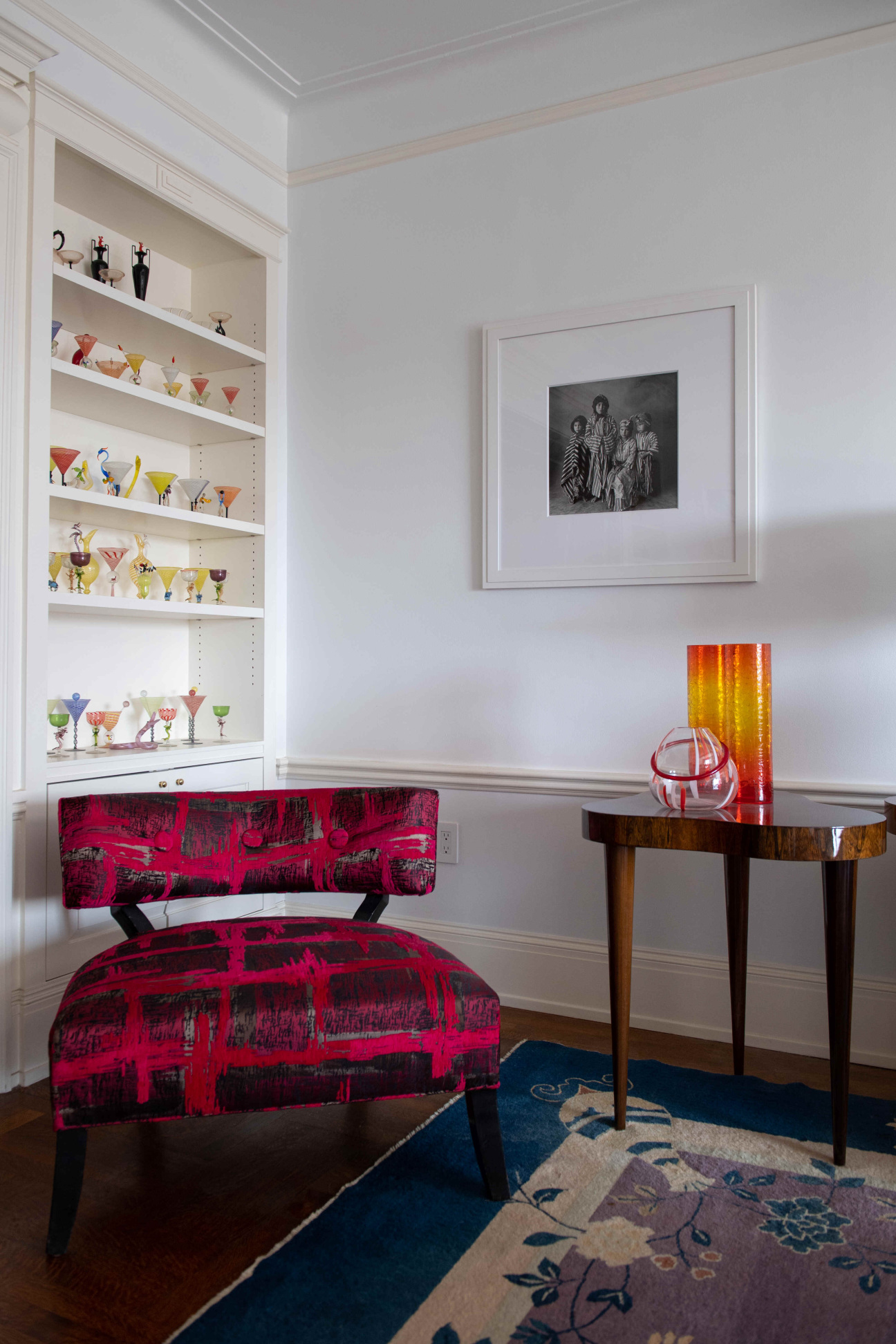
CULTURED: What was the most challenging piece in your personal collection to acquire?
Kaplan: The most challenging pieces to acquire in my collection were two vintage Diane Arbus prints, one of a children’s Halloween party and one of a couple sitting together on a park bench.
CULTURED: Is there one piece that got away, or that you still think about?
Kaplan: The wonderful thing about collecting photography is that there is a great deal of terrific work around, so if I pass on a piece, I will always find something else that I love. And in a few cases, like a wonderful Avedon photograph of a model smoking in a Paris cafe with her dog on her lap, I passed it up 20 years ago but finally acquired it three years ago.
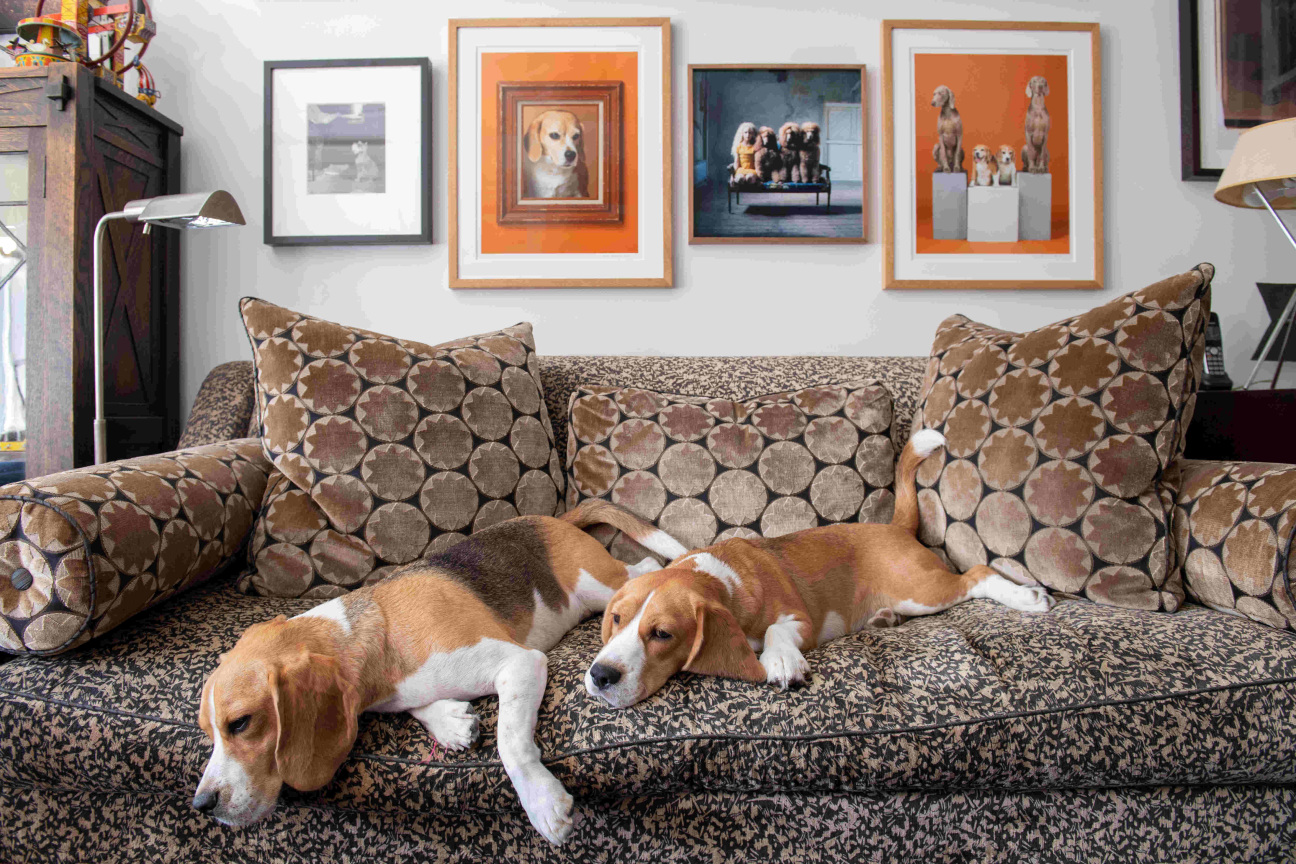
CULTURED: What feelings would you like your collection to inspire in the people who experience it?
Kaplan: The artist I have the most work by is Diane Arbus. I want people to look at the photographs and think about how rich life is and how varied and wonderful people are. My joy in living in New York City is that any day I can walk my dogs in Riverside Park and meet someone new with amazing stories to tell. And the photographs in my collection all have stories to tell.

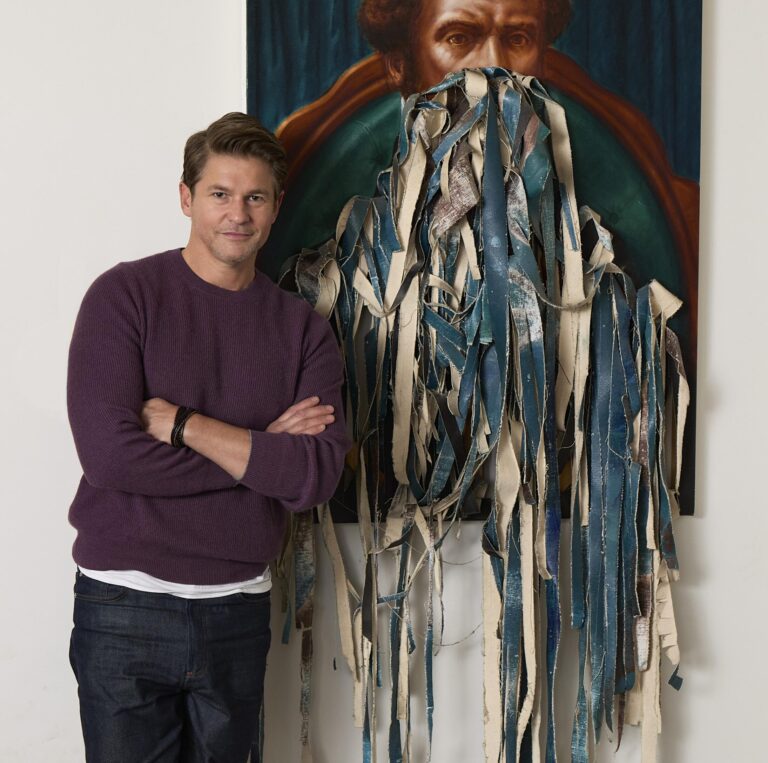
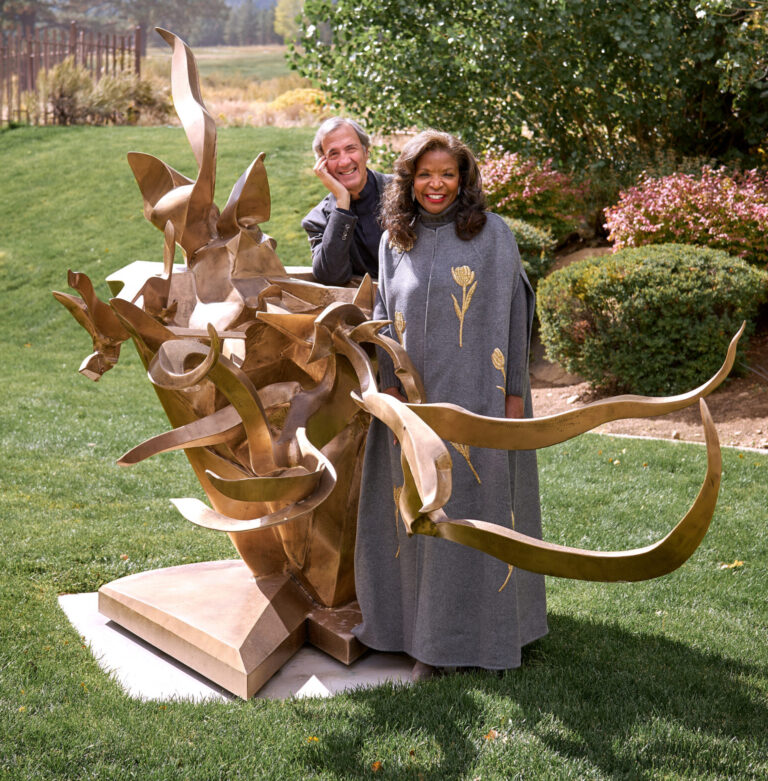
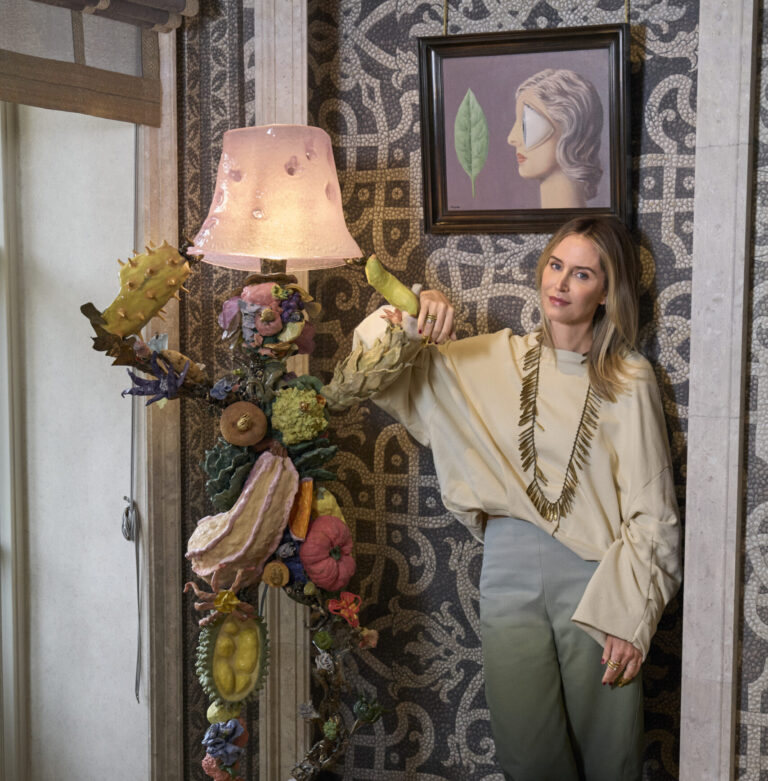

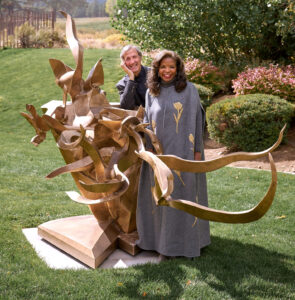




 in your life?
in your life?

